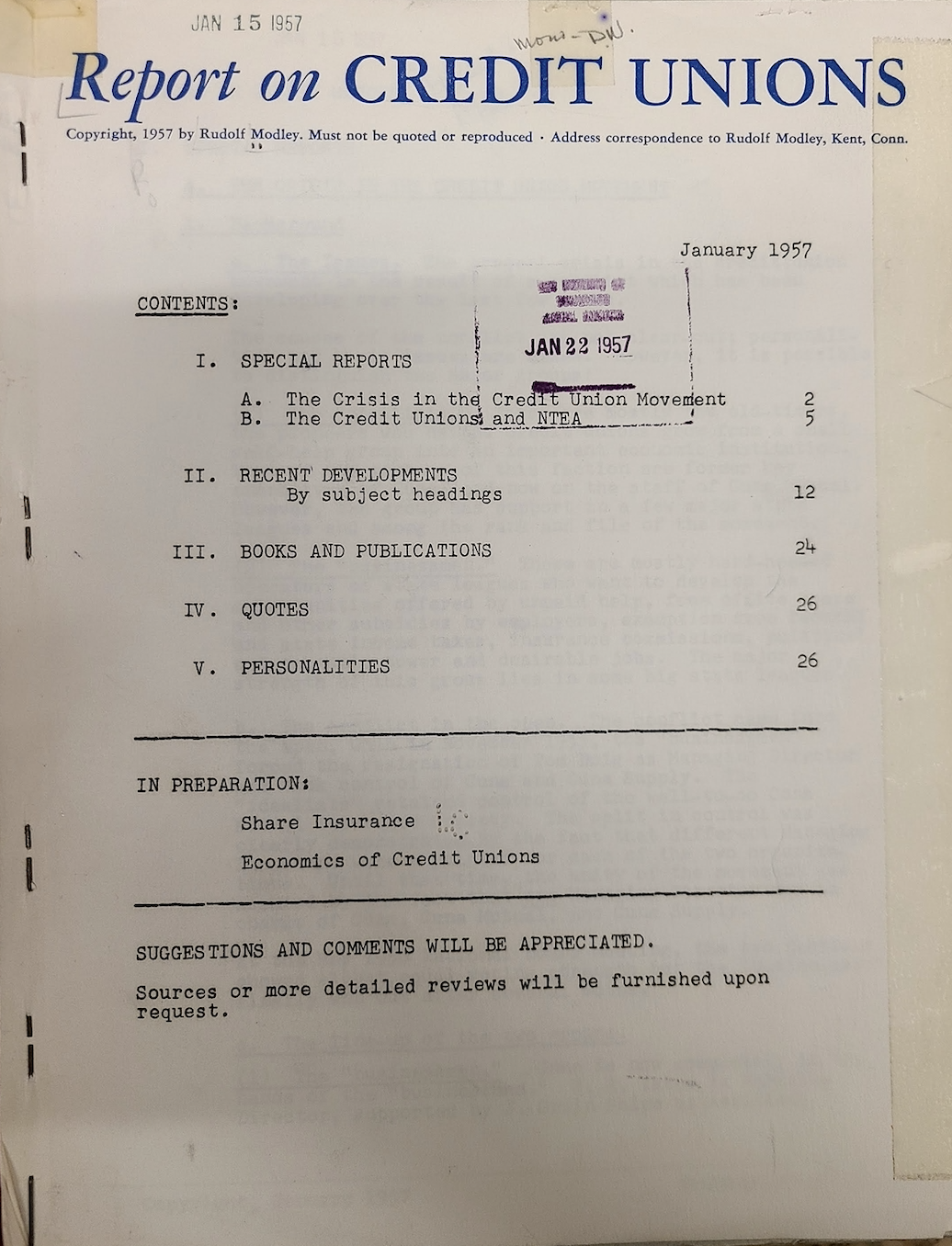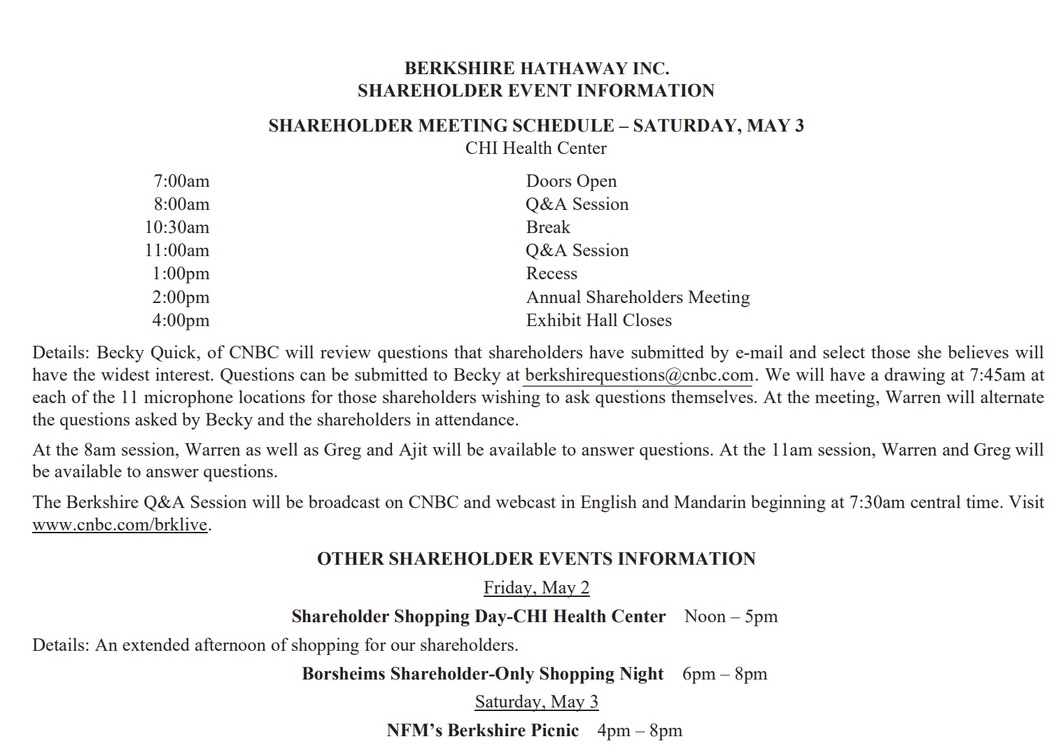From the field. The following examples are from a CEO’s monthly report to staff. He documents their business strategy to “out-local” the competition.
Serving One Member at a Time
A member called in about his credit card. He stated he falls short on funds every month and has to use his credit card and can’t get out from behind it. He was asking if there is a way to change the payment date.
I looked deeper into this as he is on a fixed income and struggles financially due to always falling short about $60 monthly. I asked him if he had any other debt, and he said he had a couple Affirm loans he got to buy shoes and clothes.
I know we are here for our members, so I told him let’s look at a home equity as he has plenty of equity on the home. Here is where we now stand.
Instead of this member falling short $60 monthly and having to use his credit card we are doing a home equity and consolidating his credit card and his Affirm loans. He will now have an extra $100 monthly to give him some wiggle room. We will also decrease his credit card limit down to $1K to prevent him having easy access to a large amount. This was actually his idea to decrease the card’s limit.
The best part is this member will now have a couple hundred dollars in his pocket out of the loan proceeds and he is getting out of his financial struggle.
Yesterday he called and asked if it was ok to use his credit card for gas considering we haven’t closed yet. He said it’s been tough as he had to use a lot of gas for a trip as he just found out his sister of 77 years old committed suicide.
We just got approval to close on this loan. I’m sending this member a sympathy note and also putting a $10 member appreciation card in it.
At maybe the toughest time in the member’s life we are able to help him and bring some light into this time for him. He is very grateful and says this is changing his life for the better. This is why I love my job!”
Assistance to Members & Non-members Facing Layoffs
Also this month the credit union reported initiatives for local federal and university employees being laid off.
Messaging was sent to members employed by the federal government, identified through direct deposit data, offering assistance in the event they may face an upcoming layoff.
That assistance could run the gamut from loan restructuring and payment deferrals to budgeting advice and financial solutions based on unique circumstances.
We have 16 associates designated as a Certified Credit Union Financial Counselor (CCUFC) and stand ready to help any impacted member.
The University of Dayton announced the lay-off of 65 individuals and an offer was made to the UD Vice President of HR of similar assistance to those people affected.








